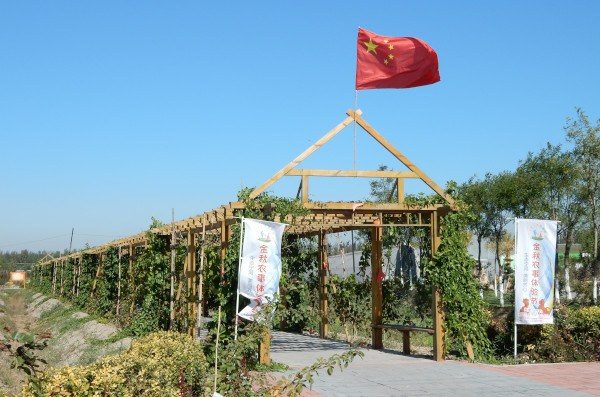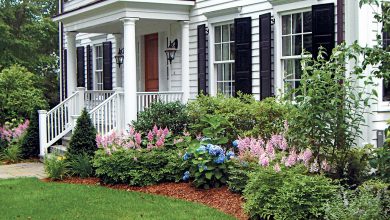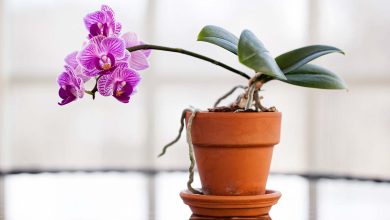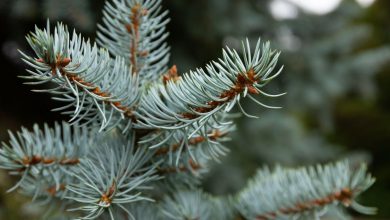Qixin Ecological Garden in Tianjin: Agroecology in China
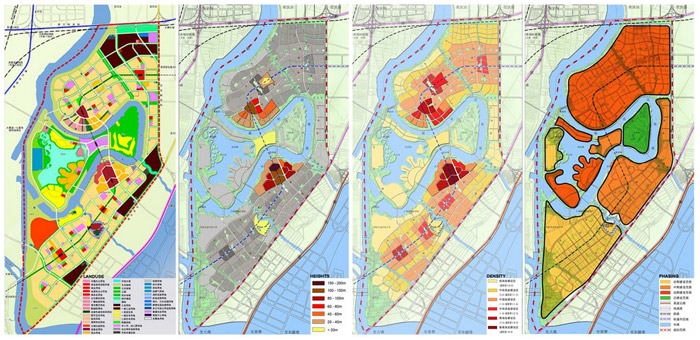
Hello everyone! As I anticipated in the Special gardens around the world, we are going to start seeing gardens and urban agriculture in China. This is the first post we publish about this, and in it I will tell you about a very special place: the Qixin Ecological Garden.
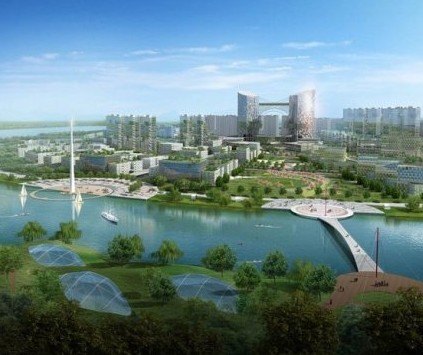
Where is Qixin Ecological Garden
The Qixin Ecological Garden is 60 km from Tianjin, a coastal city in Northeast China with more than 10 million inhabitants (it is the fourth most populous city in China, after Shanghai, Beijing and Guangzhou).
We could say that what is developed in the Qixin Ecological Garden is Peri-urban Agriculture, since it is not exactly inside a city but on the outskirts and in its radius of influence, so the people who visit it are mostly urbanites.. It may seem to you that it is very far from Tianjin and that it could not be considered peri-urban agriculture, but I assure you that here the distances are quite relative, and that 60 km is very little (considering, also, that the urban area probably has more than 15 km from end to end). To give you an idea, in Beijing, we live between the second and third rings and we are about 20 km from the city center (half an hour on the subway).
Tianjin is about 150 km from the capital, and is considered «the port» of Beijing. It is one of the most important entry and exit points for goods in China. Industry and oil extraction play an important role in the economy, as well as fishing and agriculture, which occupies 40% of the entire municipal area. It is grown mainly wheat, rice and corn outside the metropolitan area.
But in recent years, as a consequence of the overpopulation of cities and migration from rural areas, urban orchards, gardens and orchards on the roofs of buildings («roof gardens») and the promotion of sustainable cities and Urban Agriculture.An example of this in Tianjin is the Tianjin Eco-City project, designed by the Surbana Urban Planning Group which is expected to be completed in 2020. This will be a space of some 30 square km where more than 300,000 people will live and which will alsoIt will house a multitude of green spaces, orchards, ecological corridors for the proliferation of fauna and flora, renewable energy plants (solar, wind…), waste recycling and water treatment plants, etc. In other words, it will be an ecological city capable of self-sufficiency, of reusing resources and generating the minimum amount of pollution and waste possible. You have more information and photos on the Suburbana Group page.
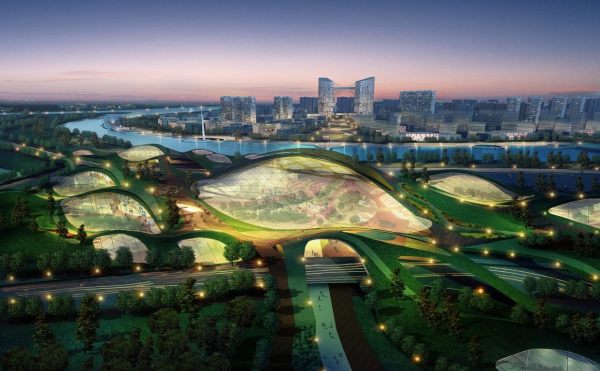
What is and what is in the Qixin Ecological Garden
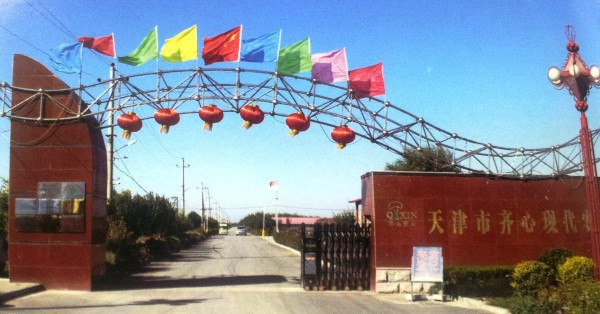
It is a space of about 6 square km that combines organic farming and leisure. It was inaugurated in 2009 and is dedicated to the cultivation of organic mushrooms (they produce more than 13,000 tons a year), vegetables, organic farming, fishing, and even other activities such as horse riding or crafts.
In addition to growing and selling their products, what they do are tours of the facilities, where they show you the mushroom greenhouses (which are grown on a mixture of compost and organic manure that is produced on the farm itself), the organic gardens, the animals (we saw goats, pigs and ducks), the ponds to fish for crabs, etc. You can also visit the workshop of the clay artist Tian Jingfeng, who teaches visitors how to mold clay figures and has a small exhibition hall and shop in the Qixin Ecological Garden.
The objective is to promote agroecology and natural food among visitors, so that they teach their cultivation techniques, and show the places where organic food is being produced, which can then be bought or consumed in its facilities (it also has a restaurant and a hotel). They also do workshops for children and adults and, depending on the visitor’s interest, they focus more on one installation or another.
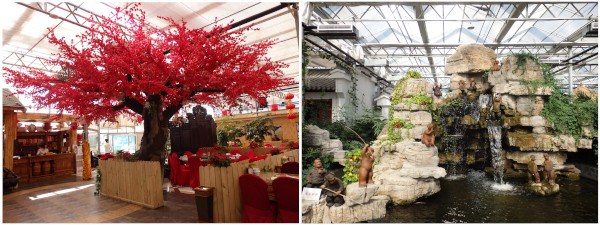
In China, farms of this type are becoming very fashionable, where organic farming is combined with tourism. You can read more about this and see another one in the post Peri- urban agriculture: a tourism business in China.
Our visit
We did an express tour in which you got into open «Golf-type» cars but larger -with several rows of seats- and you could see everything and get on and off easily. We were fishing for crabs (I leave you a snapshot of us in the pond and the bucket with the results of our fishing), visiting the Jingfeng workshop, and touring the fields and paths between the greenhouses.
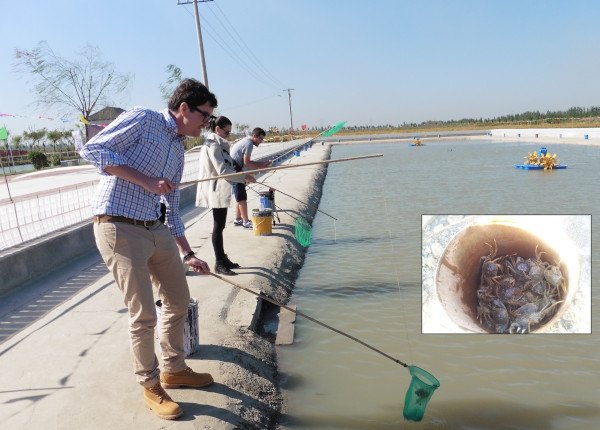
To finish, I leave you with this snapshot of the passageway that led to the workshop and the craft exhibition room. I hope you liked the post and… who knows! If you pass through China you can still go visit it! If not, I hope it will serve as inspiration in other cities around the world.